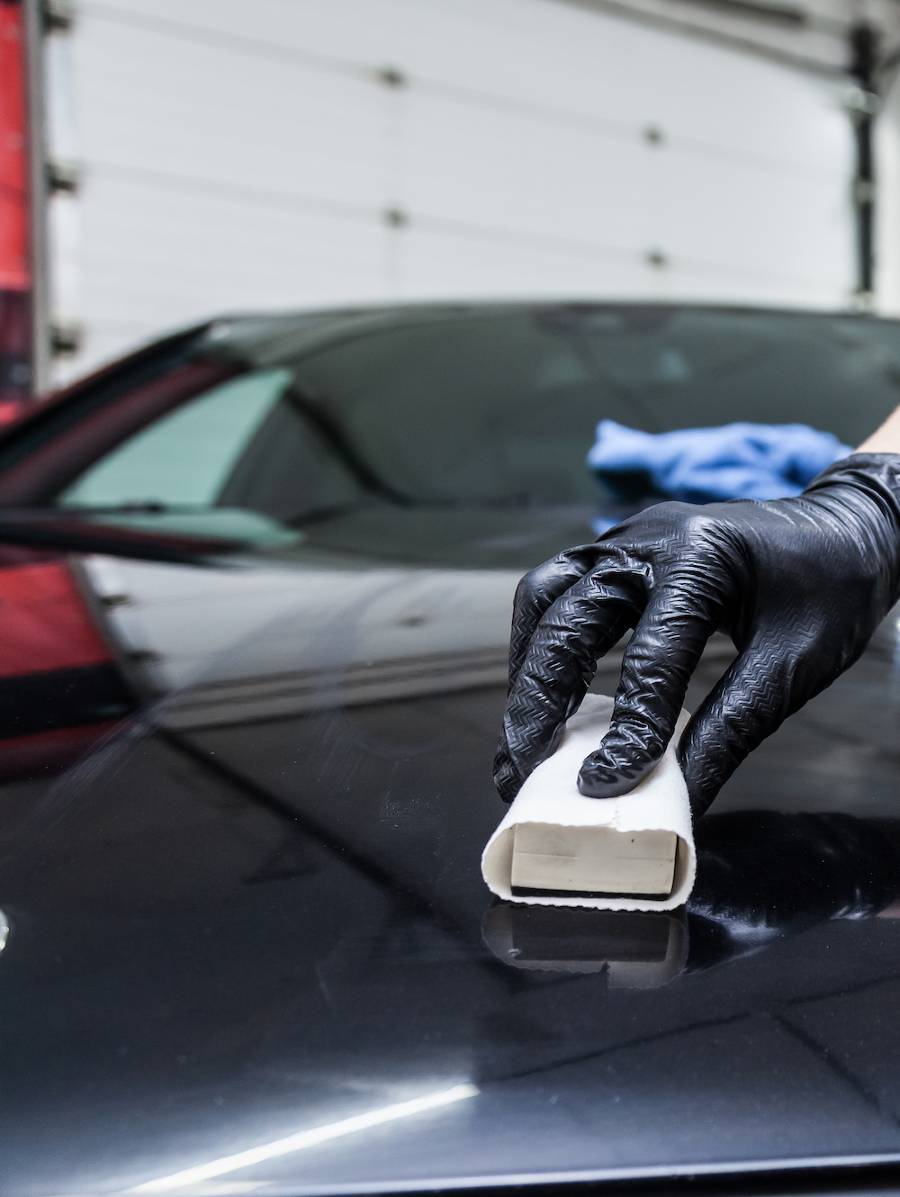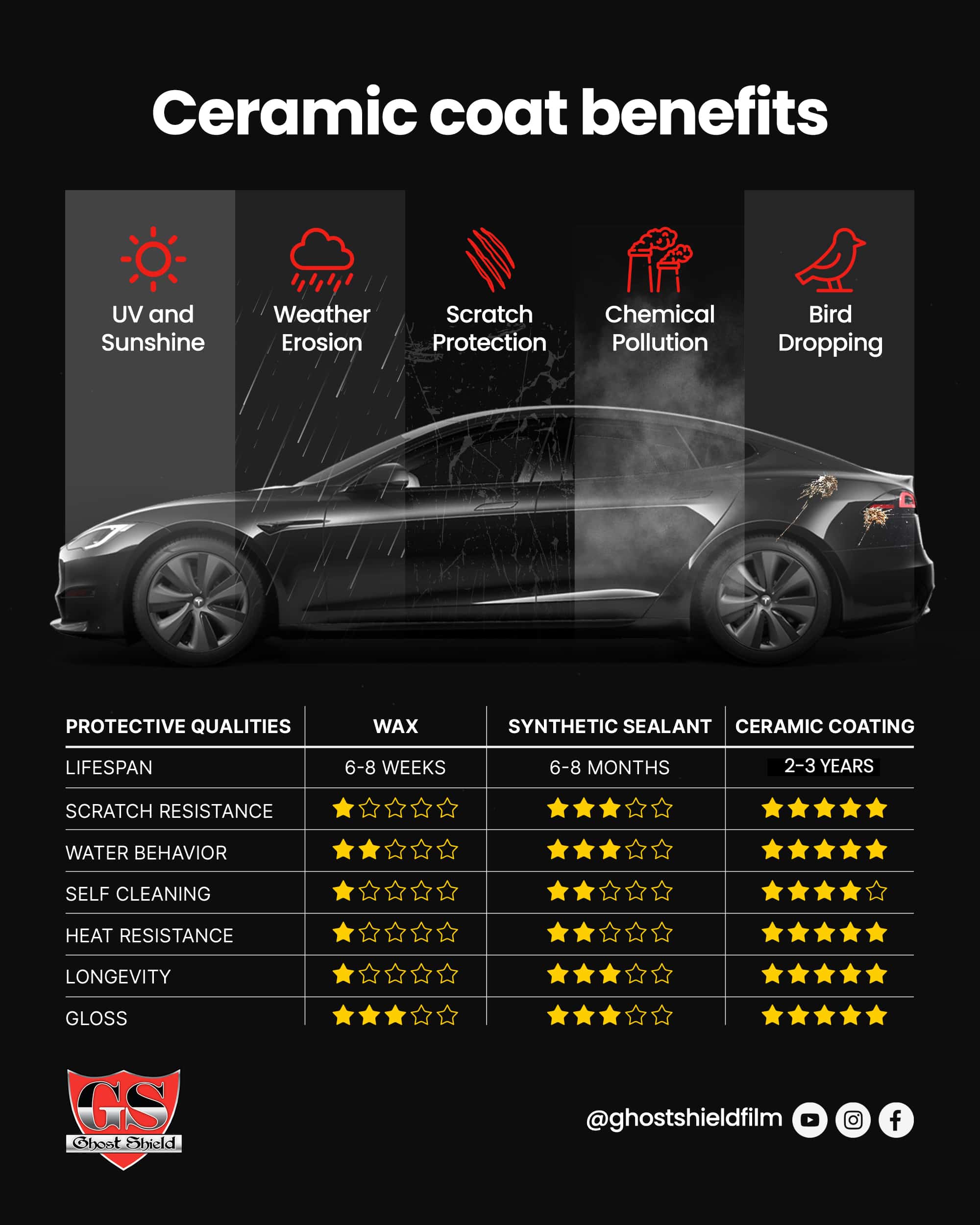Exactly How Ceramic Coating Philadelphia Boosts Your Car's Luster and Defense
Exactly How Ceramic Coating Philadelphia Boosts Your Car's Luster and Defense
Blog Article
Why Ceramic Finishing Is the Ultimate Remedy for a Perfect End Up
Ceramic finish has become a leading option for those seeking a remarkable surface for their cars, many thanks to its exceptional resilience and safety features. This sophisticated fluid polymer not only bonds effortlessly with manufacturing facility paint however likewise uses a powerful barrier versus typical threats such as scrapes, UV rays, and environmental toxins. Furthermore, its hydrophobic residential properties simplify maintenance while boosting aesthetic appeal. Understanding just how this modern technology compares to typical techniques and exploring its application subtleties can disclose also much more concerning its value. What aspects really established ceramic coating apart?
What Is Ceramic Coating?

When used properly, ceramic coating produces a hydrophobic surface area that wards off water and dust, making it much easier to clean and preserve. Unlike standard waxes or sealers, which generally use short-term security, ceramic layers can last for a number of years, relying on the product quality and application technique. The process of using ceramic finishing needs careful preparation, including comprehensive cleaning and sometimes paint correction, to make sure optimum bonding and performance.
Ceramic finishings are not restricted to automobile surfaces; they can also be utilized on different products, including glass, metal, and plastics, giving a versatile service for boosting security. In general, ceramic finishing stands for a substantial advancement in surface area security technology, integrating both visual and useful advantages for a wide variety of applications.
Benefits of Ceramic Layer
While lots of surface protection alternatives exist, the benefits of ceramic covering stand apart because of its special buildings and durable performance. Among the key advantages is its phenomenal toughness. Ceramic Coating Philadelphia. Unlike traditional wax or sealers that need regular reapplication, ceramic coverings offer a resilient layer that can last for a number of years, dramatically reducing upkeep efforts
An additional remarkable benefit is improved security versus ecological impurities. Ceramic coatings develop a hydrophobic surface that repels water, dust, and numerous pollutants, making it easier to cleanse. This attribute not only protects the automobile's appearance however additionally reduces the danger of corrosion and oxidation, especially in rough weather conditions.
Moreover, ceramic finishings use remarkable resistance to UV rays, avoiding fading and destruction of paint over time. This UV defense is vital for maintaining the visual worth of surfaces and vehicles revealed to guide sunlight.
Furthermore, the shiny finish attained with ceramic layer boosts the total visual charm, providing surfaces a showroom-quality luster. Overall, ceramic coverings stand for a substantial innovation in surface area security innovation, supplying enduring benefits that satisfy both practical and aesthetic requirements.
Exactly How It Works
Understanding the scientific research behind ceramic finishes discloses exactly how they give such exceptional security and long life. At its core, a ceramic coating is a liquid polymer that chemically bonds with the car's factory paint.
The application process entails numerous actions, consisting of surface area prep work, which is essential to attaining optimum attachment. When used, the layer goes through a treating procedure, during which it solidifies and develops a semi-permanent bond with the paint surface area. This bond is what identifies ceramic finishings from conventional waxes and sealants, supplying a longer-lasting safety barrier that can endure for years.
Furthermore, the density of the finishing can improve its safety qualities, making certain that it can endure extreme problems. Ultimately, the science of ceramic finishings integrates sophisticated materials with ingenious application techniques to supply an unmatched degree of security and aesthetic enhancement for lorries.
Comparison With Typical Methods
The advantages of ceramic finishings become particularly obvious when contrasted to typical paint defense methods such as waxes and sealants. While waxes supply a short-term luster, normally lasting a couple of weeks to find out this here a number of months, ceramic finishes provide a resilient safety layer that can sustain for several years. This toughness substantially lowers the frequency of reapplication, making ceramic finishings an extra affordable service with time.
In addition, traditional approaches frequently call for considerable prep work and numerous applications to achieve a sufficient level of defense. In comparison, ceramic layers bond at a molecular degree with the car's surface, creating a durable shield against ecological contaminants like UV rays, acid rainfall, and road salts. This bond enhances the car's resistance to scratches and swirl marks, which prevail with typical waxes and sealants.
Furthermore, the hydrophobic residential or commercial properties of ceramic finishings fend off water and dirt, resulting in simpler cleansing and maintenance. On the other hand, wax and sealant-treated surface areas can draw in crud, necessitating more frequent cleaning - Ceramic Coating Philadelphia. Overall, ceramic finishings not just offer remarkable protection however likewise deliver a much more visually enticing and enduring surface, establishing them as the preferred option for discerning lorry owners
Application and Maintenance Tips

Using a foam applicator, use the covering in small areas, complying with the supplier's standards pertaining to density and overlap. Enable enough treating time in between layers, usually 24 hours, to guarantee proper bonding. After application, it is crucial to prevent direct exposure to water or rough aspects for at the very least a week to permit the finishing to fully treat.
In addition, making use of a ceramic maintenance spray can boost the covering's hydrophobic properties and longevity. Regular evaluations for any kind of indicators of wear will certainly assist preserve the finishing's stability and protect that excellent surface.
Verdict
In final thought, ceramic layer arises as a premium alternative for accomplishing a remarkable automobile surface. By forming a robust bond with factory paint, ceramic covering properly guards against scrapes, UV rays, and ecological pollutants.

Report this page